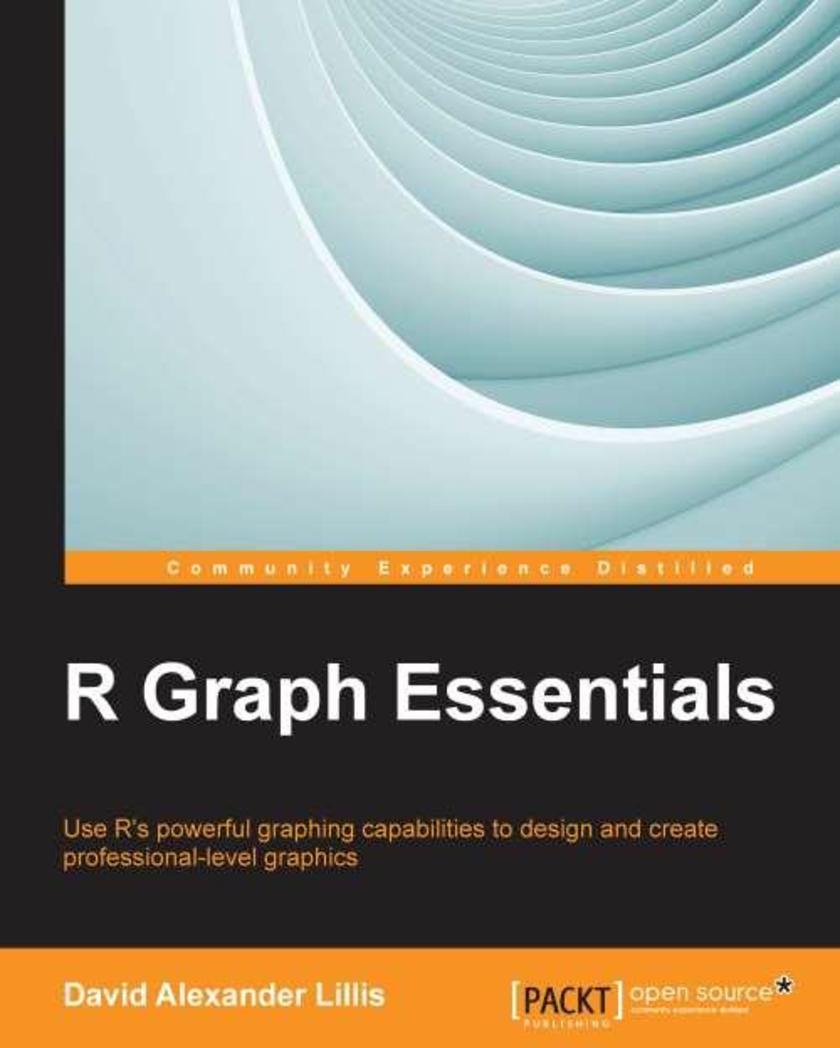
R Graph Essentials
¥71.93
This book is targeted at R programmers who want to learn the graphing capabilities of R. This book will presume that you have working knowledge of R.

Prezi Essentials
¥46.86
If you want to learn Prezi, and specifically design within Prezi, this is the book for you. Perhaps you already know a bit about Prezi but have never used it, or perhaps you have used Prezi before but want to learn how to incorporate your own custom design elements. In either case, this book will get you up and running quickly. It would be helpful to have a bit of familiarity with basic design concepts and the use of Prezi, but prior experience is not essential.
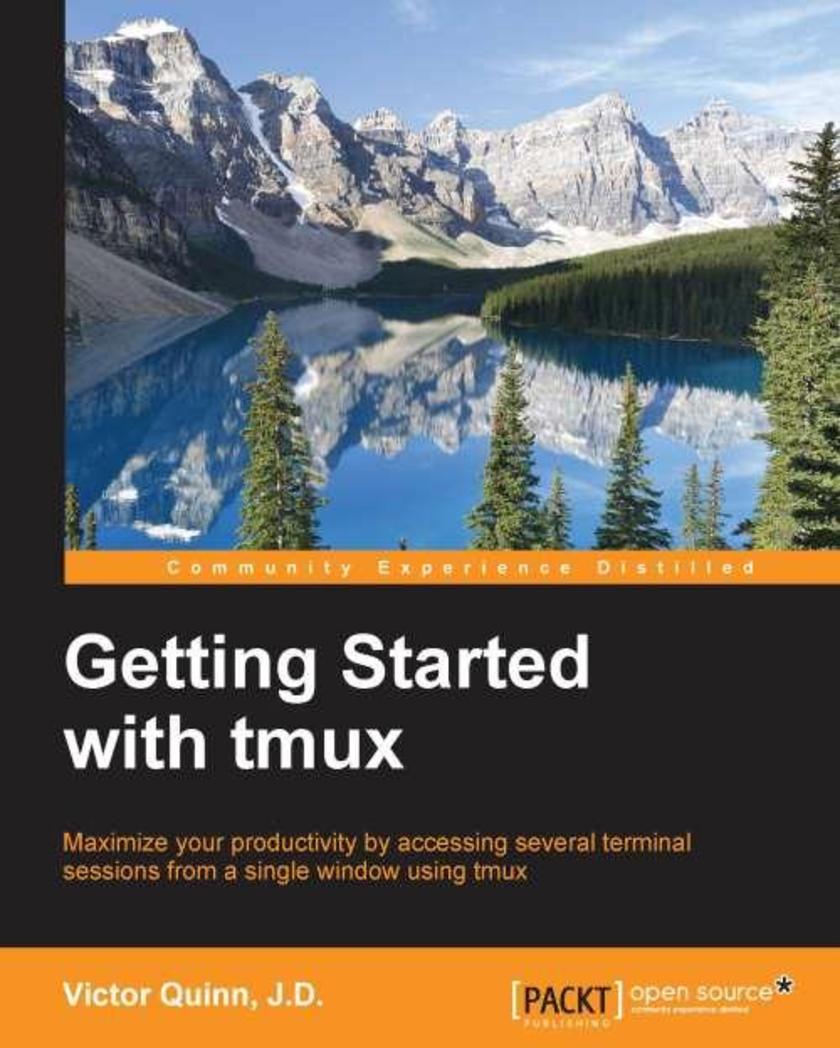
Getting Started with tmux
¥50.13
The book is intended for software developers, DevOps engineers, and other professionals who make heavy use of the terminal in their daily workflow. Some familiarity with the terminal is useful but no prior experience with tmux or other terminal multiplexers (such as GNU Screen) is required.
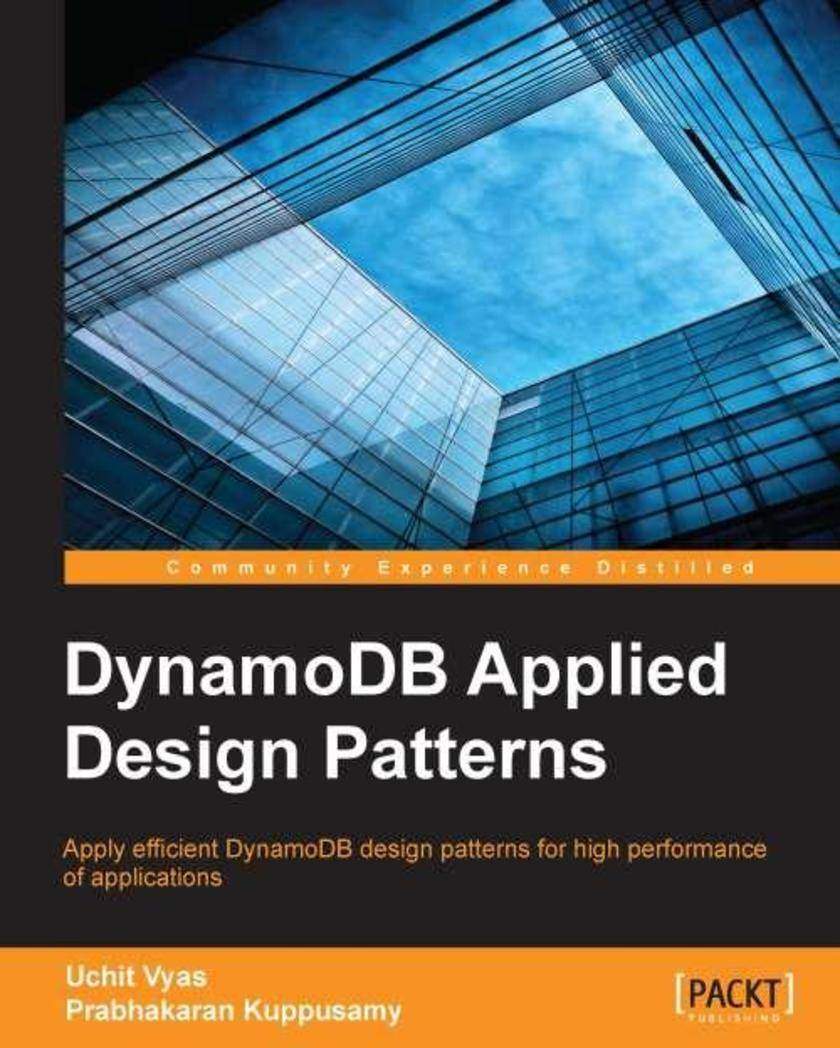
DynamoDB Applied Design Patterns
¥80.65
If you are an intermediate to advanced DynamoDB developer looking to learn the best practices associated with efficient data modeling, this book is for you.

Phonegap and Angularjs for Cross-platform Development
¥59.94
This book is intended for people who are not familiar with AngularJS and who want to take their PhoneGap development skills further by developing apps using different JavaScript libraries. People with some knowledge of PhoneGap, HTML, CSS, and JavaScript will find this book immediately useful.
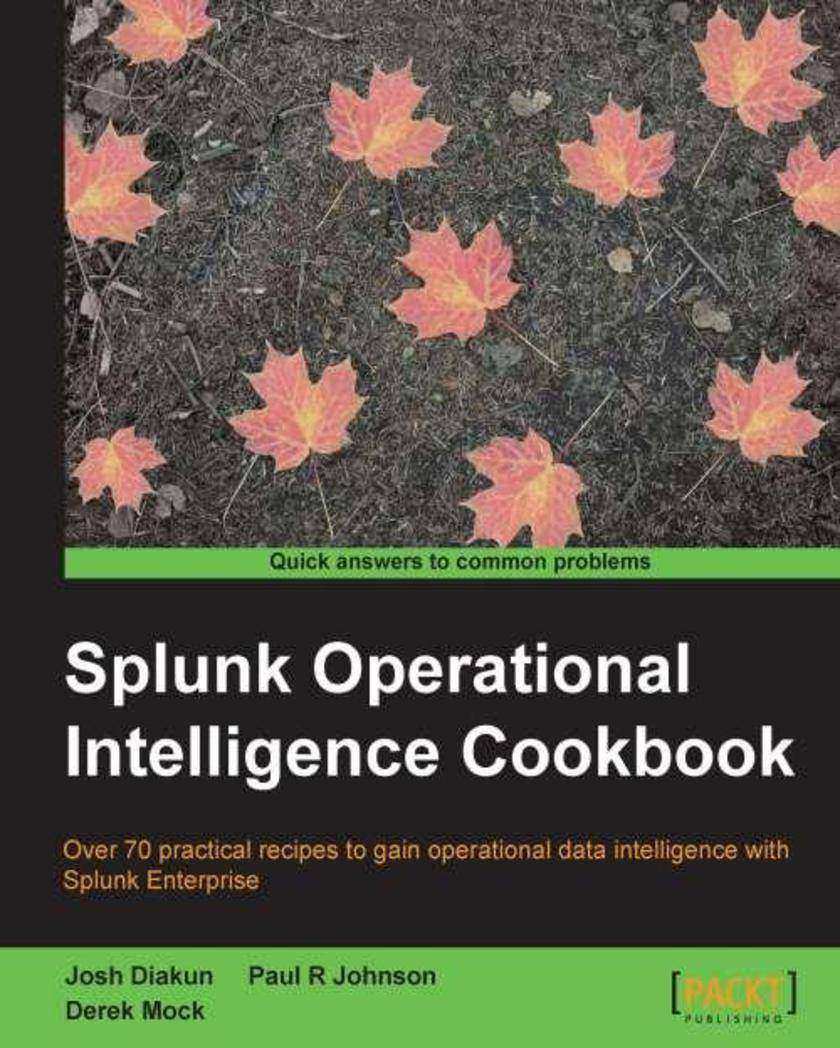
Splunk Operational Intelligence Cookbook
¥90.46
This book is intended for users of all levels who are looking to leverage the Splunk Enterprise platform as a valuable operational intelligence tool. The recipes provided in this book will appeal to individuals from all facets of a business – IT, Security, Product, Marketing, and many more!
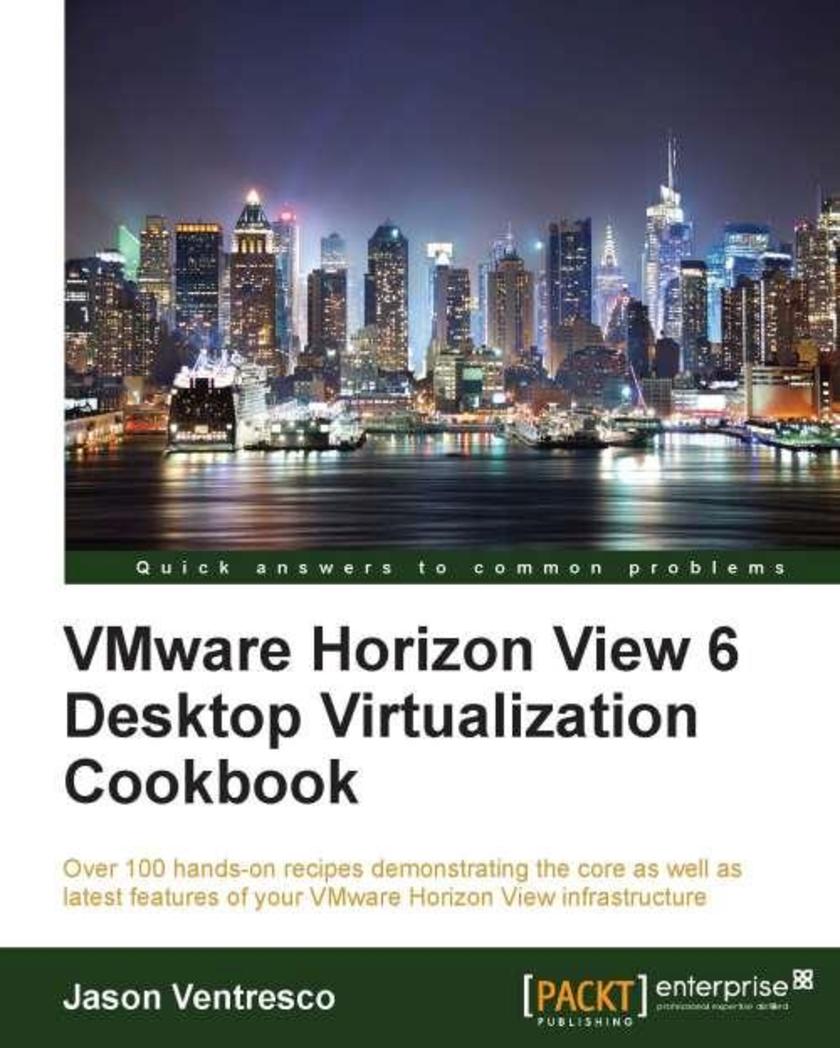
VMware Horizon View 6 Desktop Virtualization Cookbook
¥90.46
If you want a more detailed explanation concerning the implementation of several different core features of VMware Horizon View, this is the book for you. Whether you are new to VMware Horizon View or an existing user, this book will provide you with the knowledge you need to successfully deploy several core features and get introduced to the latest features of version 6.0 as well.
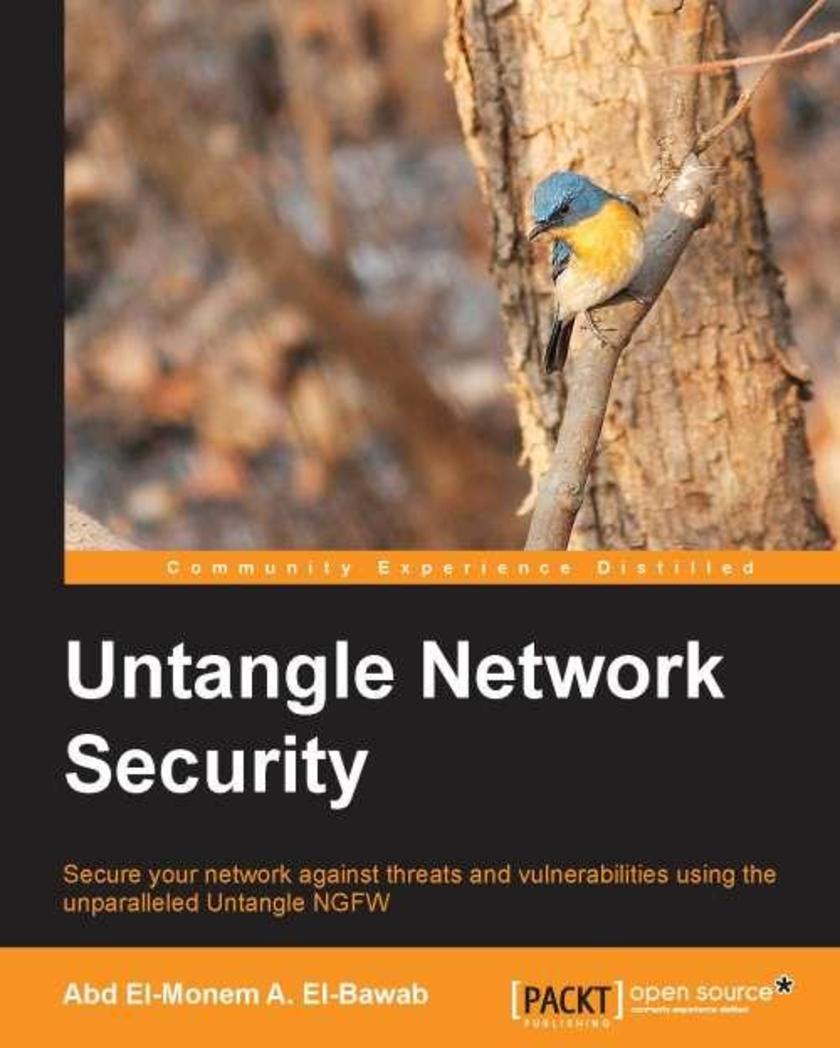
Untangle Network Security
¥80.65
If you are a security engineer or a system administrator and want to secure your server infrastructure with the feature-rich Untangle, this book is for you. For individuals who want to start their career in the network security field, this book would serve as a perfect companion to learn the basics of network security and how to implement it using Untangle NGFW.

VMware Horizon 6 Desktop,Virtualization Solutions
¥99.18
If you are a desktop architect, solution provider, end-user consultant, virtualization engineer, or anyone who wants to learn how to plan and design the implementation of a virtual desktop solution based on Horizon 6, then this book is for you. An understanding of VMware vSphere fundamentals coupled with experience in the installation or administration of a VMware environment would be a plus during reading.

Raspberry Pi Projects for Kids
¥43.59
This tutorial contains allimportant information about how to use your Raspberry Pi to develop any application you like. It is broken down into several actionpacked projects, each containing easytofollow steps, just to show you how easy and fun computer programming can be! If you are someone with a big imagination and would like to dive straight into the realm of technology and computers, then this is the book for you. With only a Raspberry Pi and no prior experience required, you will be shown how to translate your ideas into computer programs, creating any game, tool, or animation you can dream of.
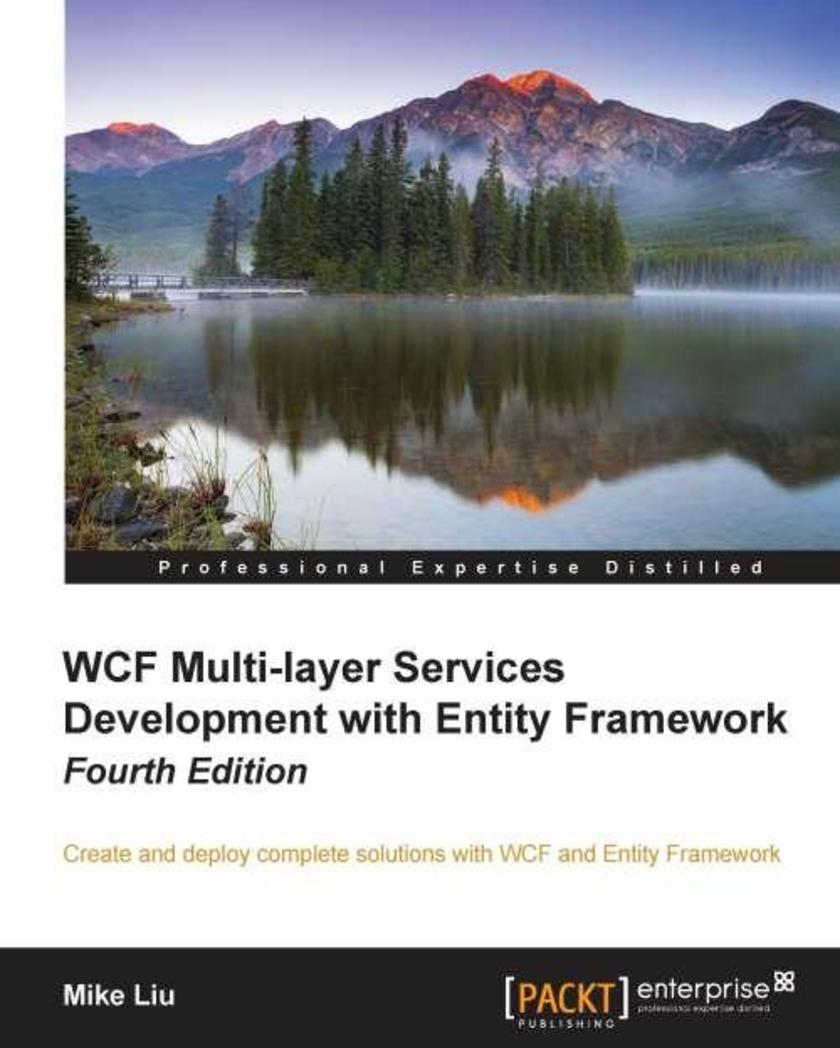
WCF Multi-layer Services Development with Entity Framework
¥99.18
If you are a C#, VB.NET, or C++ developer and want to get started with WCF and Entity Framework, then this book is for you. Competence in Entity Framework will be needed to follow the examples in the book, but experience in creating WCF services using Entity Framework is not necessary. Developers and architects evaluating SOA implementation technologies for their company will find this book useful.
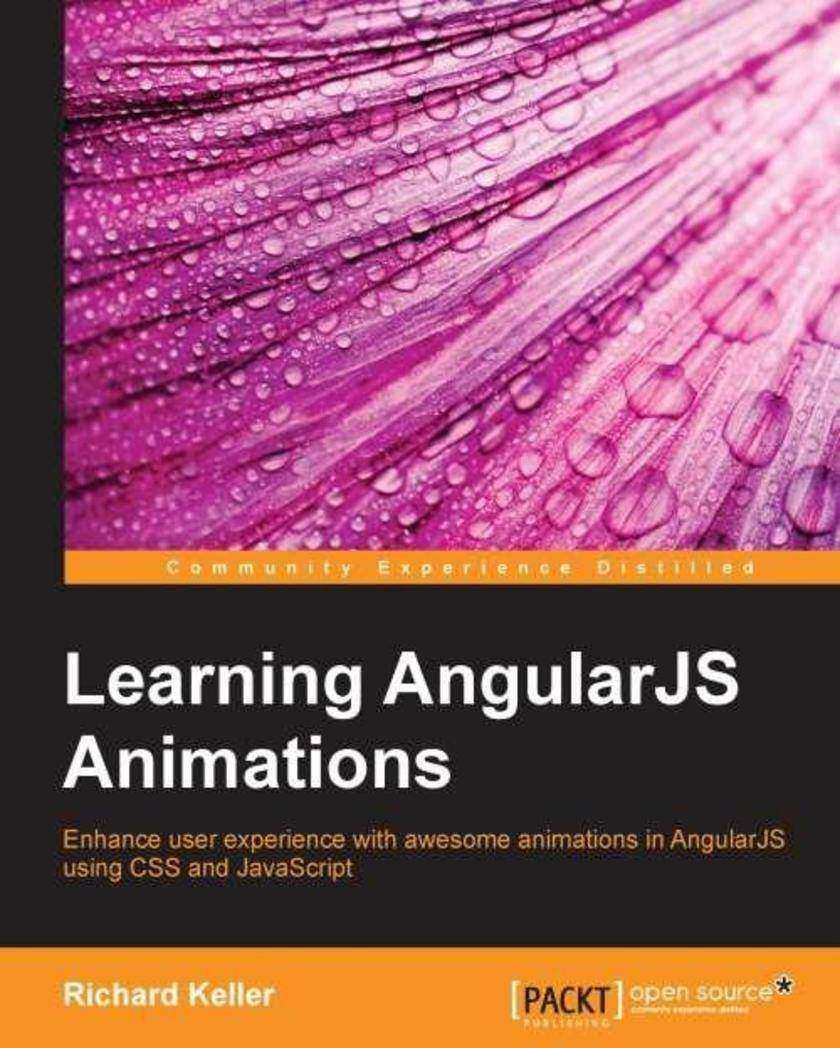
Learning AngularJS Animations
¥45.77
If you are a developer who is new to AngularJS or is experienced with the AngularJS framework, this book is intended for you. If you want to provide a better user experience on your web app, this book is also for you.
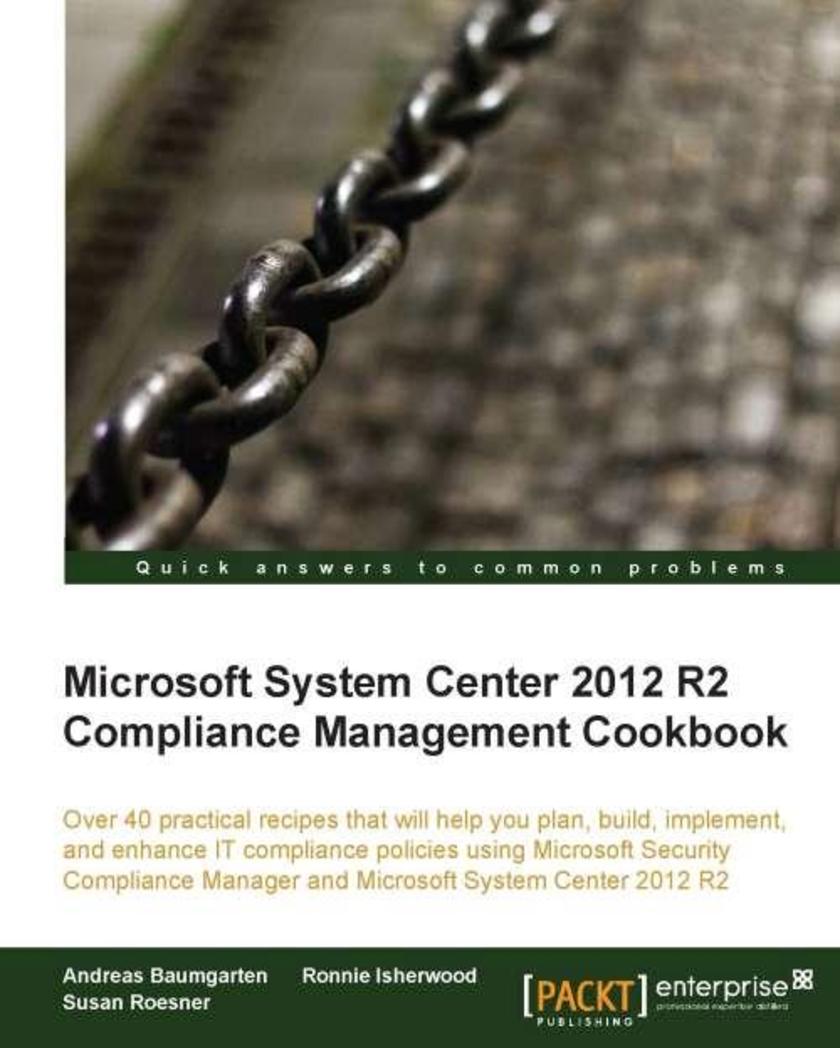
Microsoft System Center Compliance Management
¥90.46
Whether you are an IT manager, an administrator, or security professional who wants to learn how Microsoft Security Compliance Manager and Microsoft System Center can help fulfil compliance and security requirements, this is the book for you. Prior knowledge of Microsoft System Center is required.
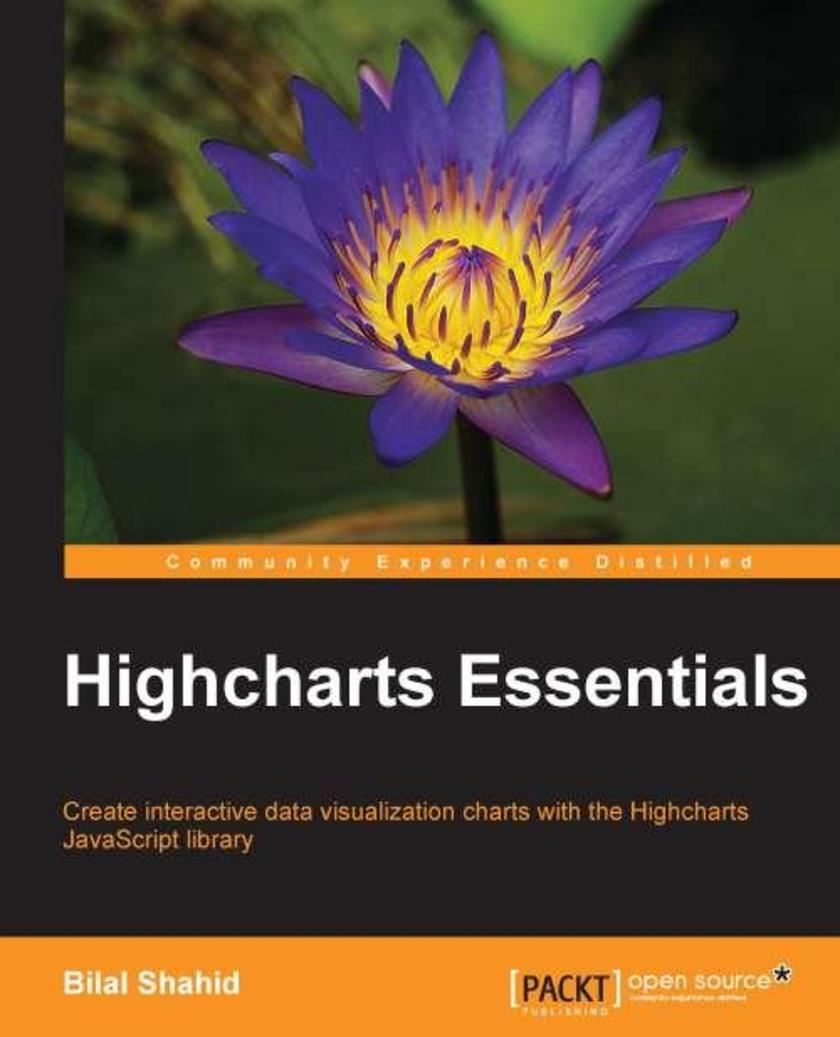
Highcharts Essentials
¥80.65
If you are a web developer with a basic knowledge of HTML, CSS, and JavaScript and want to quickly get started with this web charting technology, this is the book for you. This book will also serve as an essential guide to those who have probably used a similar library and are now looking at migrating to Highcharts.

VMware Horizon View Essentials
¥80.65
If you are a desktop administrator or an end user of a computing project team looking to speed up to the latest VMware Horizon View solution, then this book is perfect for you. It is your ideal companion to deploy a solution to centrally manage and virtualize your desktop estate using Horizon View 6.0.
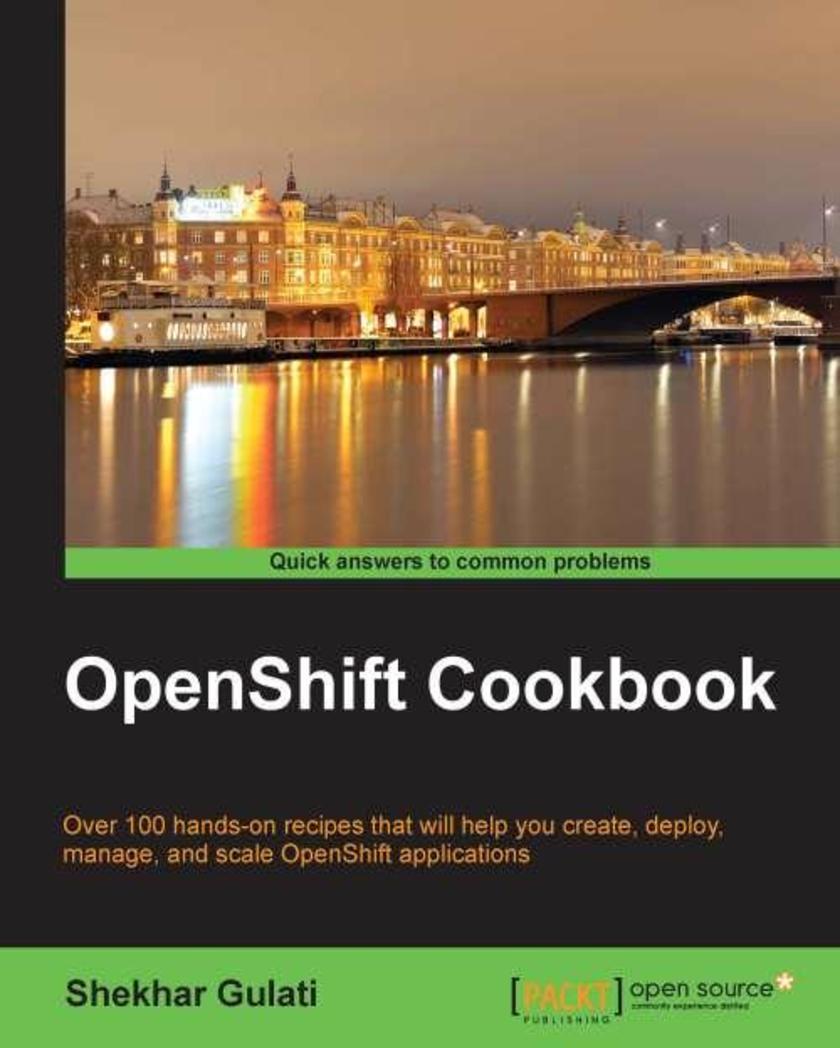
OpenShift Cookbook
¥107.90
If you are a web application developer who wants to use the OpenShift platform to host your next big idea but are looking for guidance on how to achieve this, then this book is the first step you need to take. This is a very accessible cookbook where no previous knowledge of OpenShift is needed.
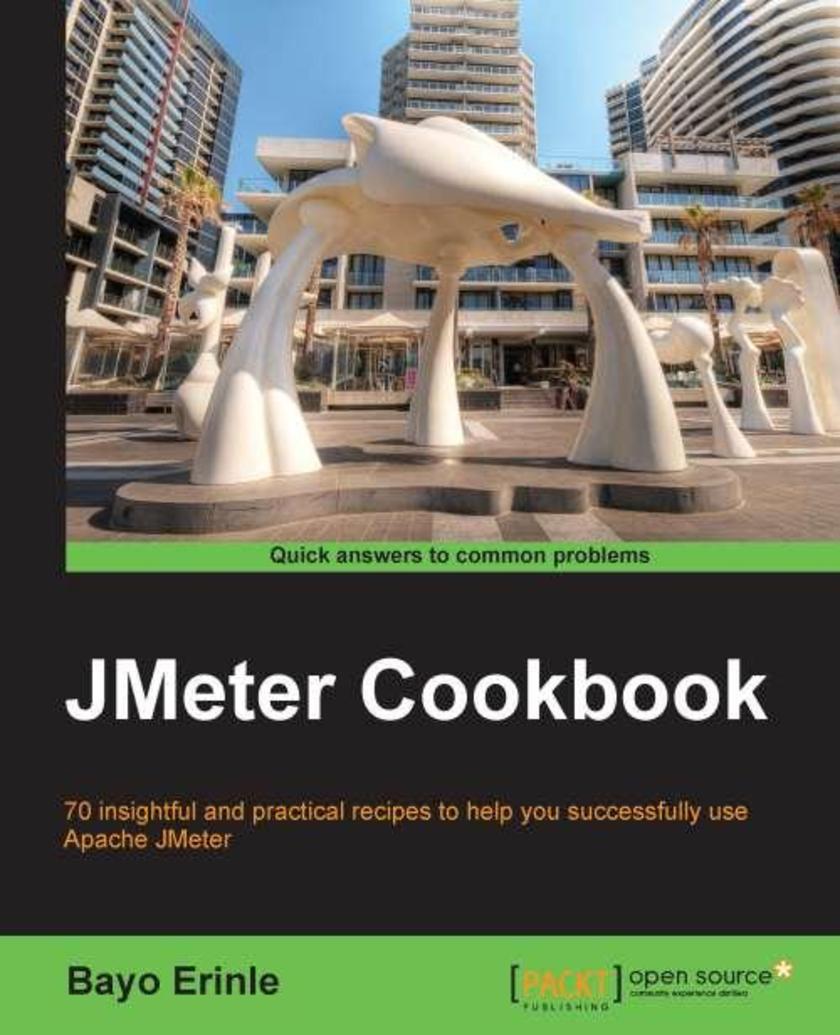
JMeter Cookbook
¥80.65
This book is great for you if you are a developer, quality assurance engineer, tester, or test manager who is looking to get a firmer grasp of elementary, deep, and advanced testing concepts using Apache JMeter. It’s assumed you have access to a computer and an Internet connection. No prior testing or programming experience is required, but would be helpful.
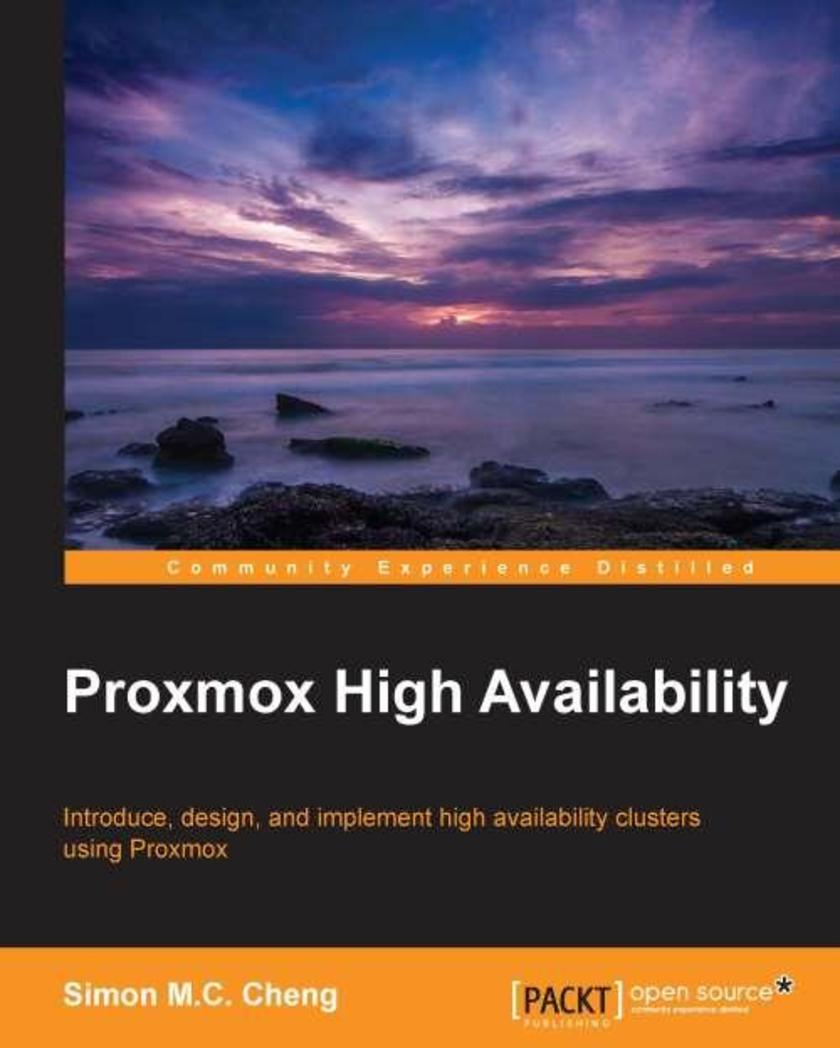
Proxmox High Availability
¥80.65
If you want to know the secrets of virtualization and how to implement high availability on your services, this is the book for you. For those of you who are already using Proxmox, this book offers you the chance to build a high availability cluster with a distributed filesystem to further protect your system from failure.
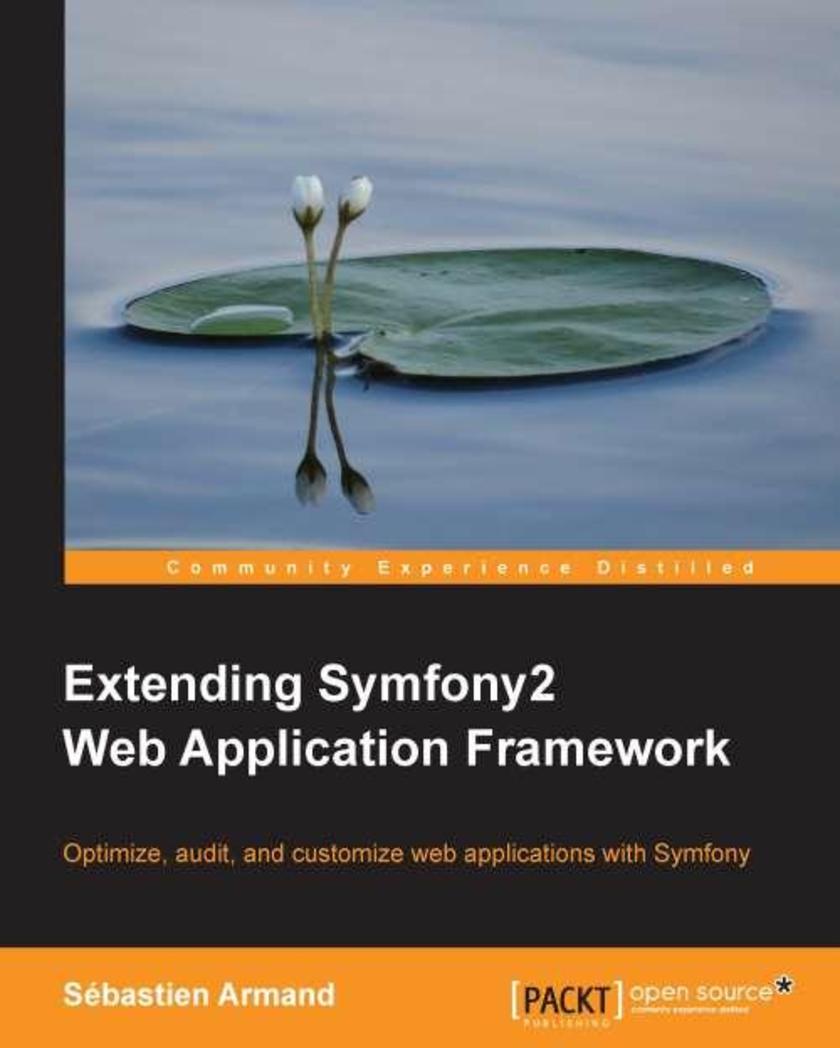
Extending Symfony 2 Web Application Framework
¥63.21
With lots of practical, handson, stepbystep examples, this book will lead you through how to extend and optimize your Symfony2 framework. If you have a good understanding of how Symfony works and are now trying to integrate complex tasks in your application, or want to better organize your application by keeping each piece of code where it belongs so it can be decoupled and easily used elsewhere, then this book is for you.
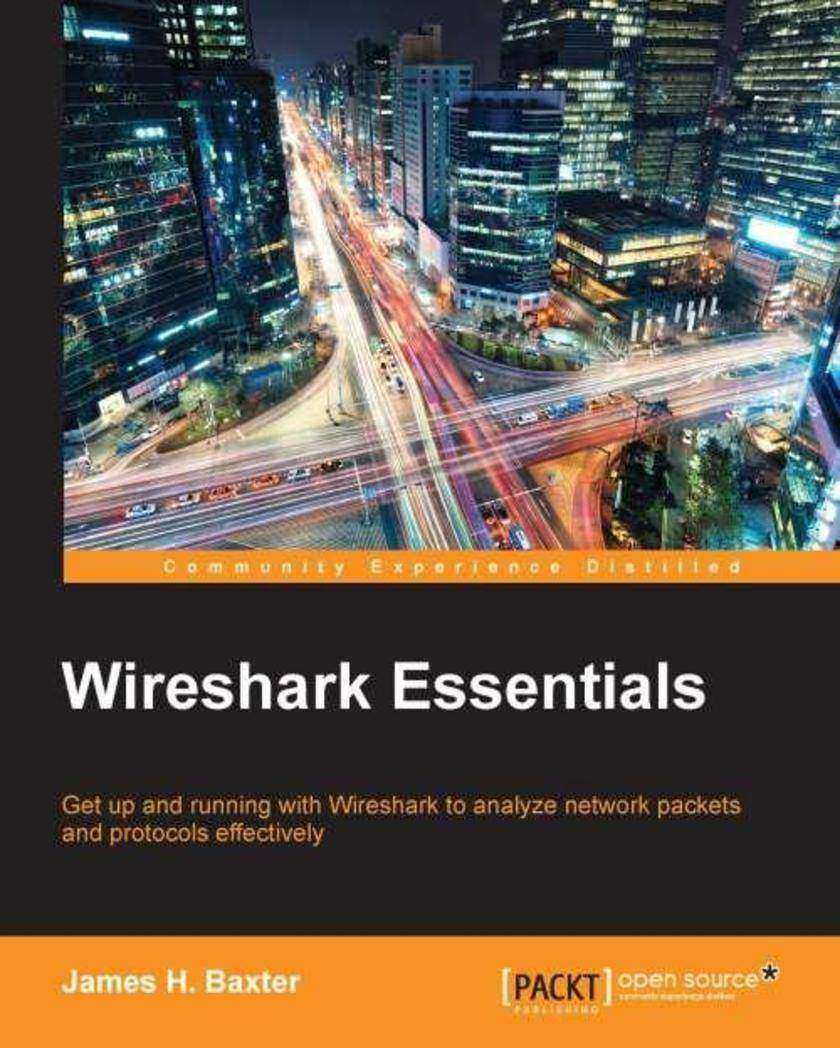
Wireshark Essentials
¥45.77
This book is aimed at IT professionals who want to develop or enhance their packet analysis skills. Basic familiarity with common network and application services terms and technologies is assumed; however, expertise in advanced networking topics or protocols is not required. Readers in any IT field can develop the analysis skills specifically needed to complement and support their respective areas of responsibility and interest.

R Graph Cookbook
¥99.18
Targeted at those with an existing familiarity with R programming, this practical guide will appeal directly to programmers interested in learning effective data visualization techniques with R and a wide-range of its associated libraries.




 购物车
购物车 个人中心
个人中心



